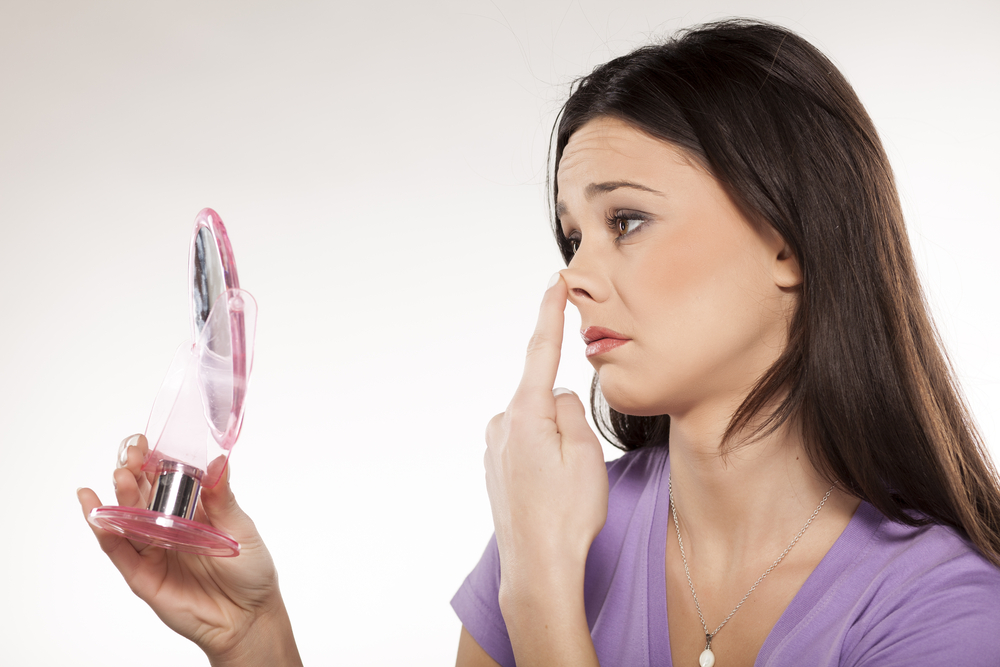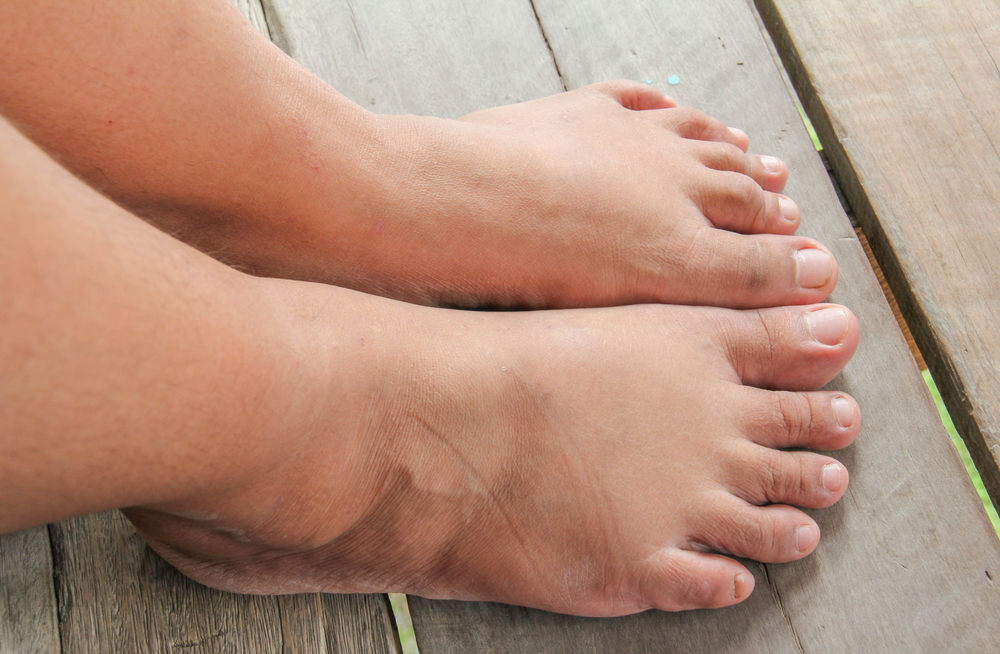- Acid throwing is a form of violence which can permanently disfigure victims.
- In recent years, incidences of acid attacks have been on the rise in the U.K. and in the United States.
- Acid attacks can cause severe burns which inflict deep trauma to the skin.
- Procedures such as skin excision, grafting and laser treatments can diminish the severity of scarring.
- Plastic surgery can dramatically restore quality of life for acid attack survivors.
When a 15-year-old Laxmi Agarwal saw her face for the first time after an acid attack, she wanted to kill herself:
“That man poured acid on my face, not because he wanted to kill me, he did it because he believed I was vain. Because his dream was to keep me locked up within the four walls of my home. Nobody even wants to be my friend, how can I hope to have a lover or a husband?”
Generally, acid attacks do not kill victims. Perpetrators have the intention, however, of killing the victims’ life potential by creating a barrier between them and society, alienating them from others, hindering their ability to get a job and curtailing their chances of getting married or having a family.
As evident in the words of acid attack survivor Laxmi Agarwal, acid violence carries consequences that will impact on the victim for the duration of their life.
Traditionally, acid throwing represents a form of gender violence inflicted on women who have defied male will or caused perceived shame or dishonor. Throughout the twentieth century it was commonly reported in regions such as South and Southeast Asia, Sub-Saharan Africa, and Latin America.
The Acid Survivors Trust International estimates that 80 percent of victims who have experienced acid violence are women, with the majority of perpetrators being men motivated by revenge due to their sexual advances being rejected.
The History of Acid Violence
Acid throwing, or vitriol throwing as it was first known, originated in England and Western Europe in the 1740s before making its way across the Atlantic to the United States in the 19th century. At this time sulfuric acid (once referred to as “vitriol”) was produced on an industrial scale and sold as bleach and cleaning products, making it easily accessible for those who also recognized its potential as a weapon.
Both men and women employed sulfuric acid as a simple, effective way to cause pain and disfigurement to lovers who spurned or cheated on them. It was also weaponized during clashes of the era between workers and the bourgeoisie who exploited them — although the underlying motivation for throwing vitriol was far more often sexually charged, with the intention of rendering the victim physically unattractive.
Until quite recently, acid throwing in the U.K. and U.S. had fallen out of favor. Here in the 21st century, however, there has been a dramatic resurgence in acid violence, particularly in the U.K. but also in the United States.
According to the British Metropolitan Police, assaults using corrosive substances increased by almost 80% in 2016 (458 attacks in total), following a steady rise over the past three years. With police forces cracking down on the illegal possession of guns and knives, acid is seen as an easily sourced weapon, and as such has surged in popularity among those seeking to inflict harm upon others.
These attacks are no longer solely focused upon women, men are increasingly also subject to acid violence. Furthermore, the attacks are not always driven by a common motive: experts cite revenge, hate crimes, gang crime and organized crime as being behind acid violence as well. The one thing they are all united by is the ease and accessibility of purchasing corrosive alkali as a weapon.
Drain cleaners, battery acid and household bleach can be sourced from beneath the kitchen sink or purchased from discount stores for very little money. Acid also leaves no trace of DNA on the victim, and as the attacks rise in number and are commonly reported in the media, other perpetrators have engaged in copycat behavior.
The Effects of Acid Attacks
The most common acids used to attack people are sulfuric acid and hydrochloric acid. Highly concentrated sulfuric acid is particularly corrosive and dangerous as the effects are instant and the damage caused irreversible.
The human body is composed of approximately 60% water. High concentration sulfuric acid heats dramatically on contact with water, with temperatures rising in proportion to the quantity of acid that comes into contact with it. The victim of a sulfuric acid attack first feels a hot sensation on their face before an agonizing pain sets in as the skin swells and shrivels in response to the chemical reaction.
Acid usually penetrates the skin deeply, resulting in a wound similar to a third or fourth degree burn. Since small quantities of water slowly poured over the wound simply work to further heat the acid and exacerbate the damage, copious amounts of water need to be applied for up to 10 hours or longer in order to wash it away following an attack.
These burns take up to four months to heal properly, during which time infection must be avoided to prevent further damage and scarring. Once the wound has healed, a hypertrophic (raised, puffy and red) scar usually takes its place. Such scars can be irritated by sun exposure or heat, and if they are in awkward places such as near a joint or on the neck, can severely hinder mobility.
In addition, as acid shrinks the skin, it closes the pores. This inhibits sweating, causing the skin to become very dry, requiring regular moisturization. Victims who have had acid thrown on their face often also lose their eyesight entirely or are rendered severely visually impaired. Even if a victim’s eyesight isn’t completely lost, they may still suffer other complications such as constant discharge from the eyes, or irritation.
Dr. Douglas Henstrom, a board-certified reconstructive plastic surgeon based in Utah, advises that “the key to recovery is to limit the extent of exposure and injury from the acid by immediately removing acid-soaked clothing, rinsing with copious amounts of water, and quickly receiving first aid treatment. After the initial injury is properly limited and treated, a full assessment can be made to the extent of the soft tissue injuries.”
Surgical Reconstruction for Acid Attack Victims
Acid attacks inflict permanent damage to the skin, and as Henstrom points out, are notoriously difficult to treat. They generally result in wounds comparable to those of burn victims, influencing the type of surgical treatment they necessitate. The surgical treatment plan for victims depends on multiple factors, including:
- The extent of the area affected by the acid
- The variant of acid that was used
- The concentration of the acid
- The locations on the body that have come into contact with the acid
- How quickly correct first aid was applied following the attack
- How long the acid was in contact with the skin
However, despite the permanent and often lethal scarring inflicted by an acid attack, plastic reconstructive surgery offers victims the possibility of surgically reconfiguring their face using a range of techniques, all in the effort to restore their quality of life and recognition of self.
Dr. Henstrom explains that reconstruction includes both surgical and non-invasive techniques, and that when combined with a careful and thorough assessment of a victim’s situation, can make notable improvements to their appearance.
He elaborates further, “Options for plastic surgery techniques can include both surgical (such as skin or other types of grafts, the use of biocompatible dressings that promote skin healing, excision of scar tissues with local tissue grafts to allow mobility of the tissue) and non-surgical techniques such as lasers to help cover scars and improve coloration of the skin. The key is to properly assess the degree, depth and full extent of tissue damage and be able to plan for restoration of both form and function to the best of our abilities.”
In one surgical study published in the Indian Journal of Plastic Surgery, the authors argue that patients should be assessed on a case-by-case basis, taking into account the extent of their injuries and whether reconstructive surgery is right for them. They further recommend following the dictum of primum non nocere (first do no harm).
In some instances, the rapid and effective removal of the acid allows the skin to heal with some scarring, and may be preferable to excisional surgery and skin grafts that can carry risks and complications. Whereas with other patients, reconstructive surgery is appropriate and offers better outcomes than simply allowing the skin to heal and scar.
For patients for whom reconstructive plastic surgery is appropriate, the following procedures represent some of the techniques that can render significant improvements to the aesthetic appearance of an acid attack victim.
Excisional Surgery
Excisional surgery entails the careful removal of damaged layers of the dermis. An incision is made through the necrotic (dead) skin, with the surgeon then carefully shaving layers off the permanently damaged tissue to prepare the wound for new skin or synthetic grafts.
Early excisions and skin grafts, conducted as soon as possible following an attack, have been linked to better outcomes for patients. For wide damaged areas with sufficient unaffected surrounding skin, serial excisions can be performed.
Serial excisions entail multiple excisions that are performed months apart, giving the tissues time to heal. Each time more and more of the affected area is removed until the patient is left with one single scar with healthy tissue.
Another option is to have a tissue expander placed in the surrounding, unaffected skin. A tissue expander is a balloon that gets filled with saline each week, slowly stretching the surrounding healthy skin. Ultimately, after several expansions, enough “new” skin will be present and the expander can be surgically removed, the affected skin excised, and the excess surround skin advanced to fill in the resulting defect.
Skin Grafts
Skin grafts represent one of the most critical procedures for acid attack victims. Skin is removed from a donor site on the body and transplanted to the area being treated.
There are two types of skin graft: split-thickness grafts where several layers of outer skin are transplanted, and full-thickness grafts, which encompass the complete replacement of the dermis.
Full thickness skin grafts tend to look better than split thickness skin grafts as they contract less and the full thickness better matches the surrounding, unaffected skin at the recipient site. However, because full thickness skin grafts require complete removal from the donor site, there is less donor tissue available than with split thickness skin grafts.
Split thickness skin grafts are in greater supply as the graft is shaved from the donor site (usually the buttock or outer thighs) with a specialized instrument called a dermatome. The skin is placed on the wound and secured with a dressing and stitches.
Even when performed by a skilled, experienced surgeon, there will still be permanent scarring and irregularity in contour and appearance. Recovery will take up to six weeks, and longer for extensive grafts.
Skin grafted reconstructions will always look like the skin was “pasted” on. It never looks like normal skin. Full thickness grafts look better because they don’t contract as much as split thickness grafts do, and they match the thickness of the surrounding skin. However, there is a limited supply of full thickness skin to harvest, whereas split thickness grafts are shaved off and regenerate at the donor site, creating a greater supply.
Alternative Grafting Techniques
For some patients, the damage inflicted by the acid is so extensive that a synthetic or alternative source of skin is required to complement the body’s own skin, or is used in place of autologous tissue. There are a range of possible skin sources:
- Donated skin from a cadaver
- Genetically modified pig skin
- Synthetic skin such as Matriderm, or Smart Matrix
There are also emergent innovations such as the Cellutome Epidermal Harvesting System, which uses heat and suction to remove dead skin cells and encourage the growth of new cells, or the Xpansion Micro-Autografting system, which uses a device to expand traditional split-thickness skin grafts by up to 9 times. This means that a greater surface area can be covered with less donor skin.
Laser Treatment
Laser has gained attention in recent years as a complementary non-surgical treatment for acid attack victims. Lasers used in medicinal or cosmetic contexts create a therapeutic response by transforming light waves into heat. They can dramatically improve scarred skin by vaporizing old scars, creating a new wound which encourages healing.
A range of lasers are available, suitable for different skin tones and levels of scarring. One laser that has been recognized as particularly effective in recent years is the fractional ablative laser. With this type of laser, a beam of light broken into tiny columns of CO2 drills multiple microscopic holes in the tissue, resulting in new injury to the scar tissue which in turn stimulates the wound to heal.
This process begins remodeling deep within the scar. When used in conjunction with superficial fractional ablative laser treatment which resurfaces the upper layer of the epidermis, the scarred skin can be significantly improved, with redness and hypertrophic scar contour irregularities diminished.
Plastic Surgery: Reconstructing Faces and Lives
Plastic surgery is instrumental to restoring quality of life to survivors of acid attacks. Surgeons who undertake this important work often engage in multiple painstaking surgeries that sometimes continue for years, as many patients require several procedures to treat their specific injuries.
In the case of Laxmi Agarwal, more than nine surgeries, including extensive skin grafts and complex operations to rebuild her nose, ears, throat and lips, have helped empower her and facilitated her reintegration into social life. She is now married with a daughter and an ardent spokesperson raising awareness about acid violence.
In 2014 she was honored by Michelle Obama in the International Women of Courage Celebration for her selfless and courageous efforts advocating for justice, human rights and women’s equality.
Cover photo: Laxmi Agarwal — Credits: USA Today









